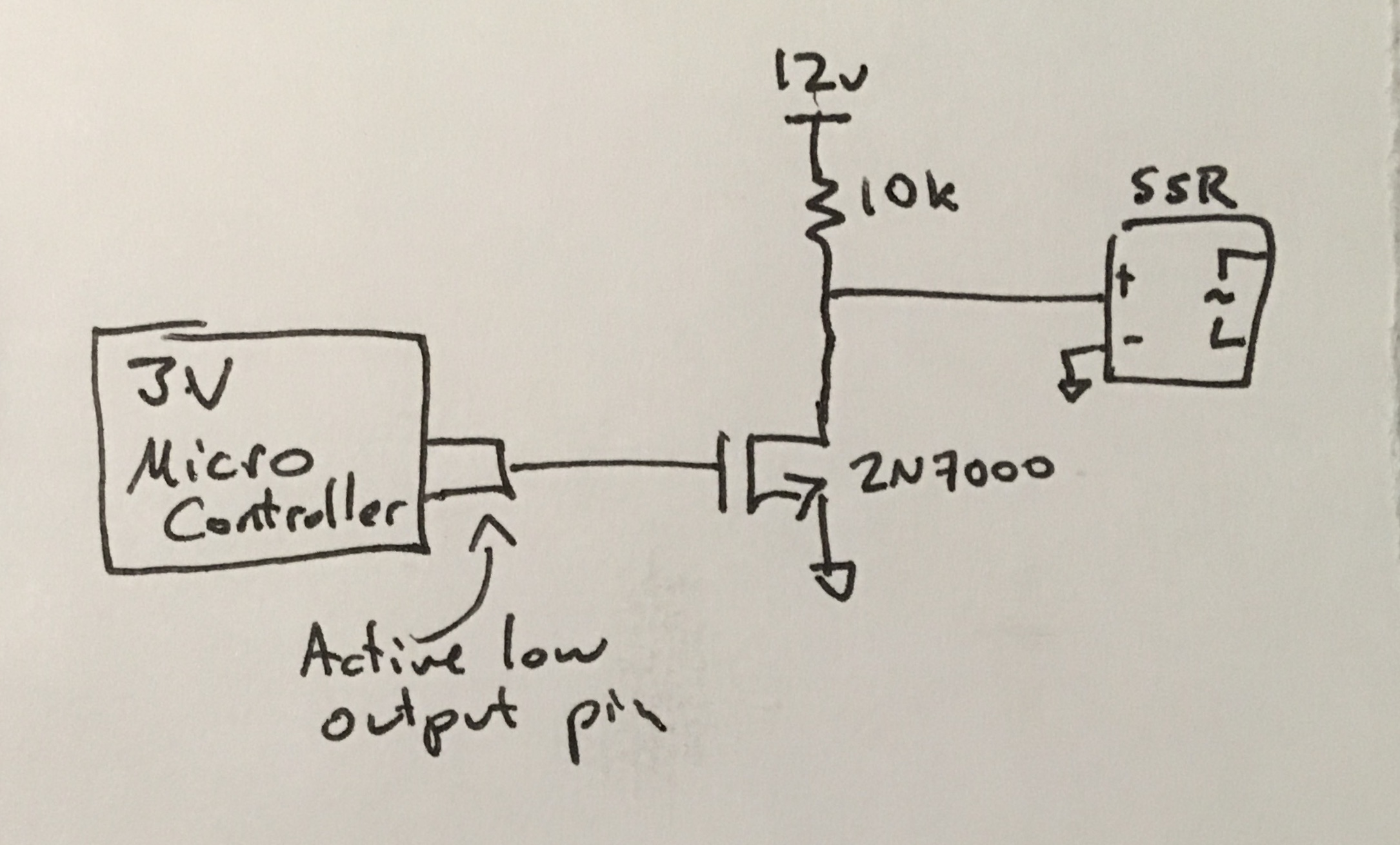OK, couldn't wait. Risked making blatant changes to the ESP32 wiring map - hope it doesn't catch anybody off guard. Updated the application (only the ESP32 definition file in that package has changed), the Interface Wiring Map, and the Firmware (to 45B for the ESP32 only).
To be clear: Pin/Port 2 can no longer be a counter, but 4 can be. Then 15 - 18 can be counters as well - total of 8. LMK how it goes!
To be clear: Pin/Port 2 can no longer be a counter, but 4 can be. Then 15 - 18 can be counters as well - total of 8. LMK how it goes!



![Craft A Brew - Safale S-04 Dry Yeast - Fermentis - English Ale Dry Yeast - For English and American Ales and Hard Apple Ciders - Ingredients for Home Brewing - Beer Making Supplies - [1 Pack]](https://m.media-amazon.com/images/I/41fVGNh6JfL._SL500_.jpg)
























































